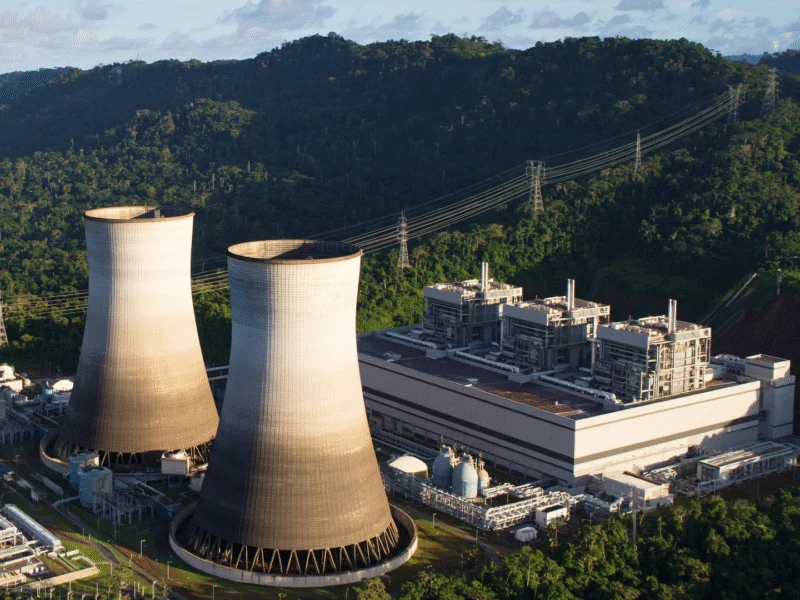According to CRN, Intel is losing three senior executives including former global channel chief John Kalvin and EMEA commercial business leader Dermot Hargaden as part of a major Sales and Marketing Group restructuring. Chief Revenue Officer Greg Ernst announced in a Tuesday memo that Kalvin will retire in Q1 2025 after 27 years, while Hargaden leaves for personal reasons and Urvish Thakkar departs after just over a year. The changes include creating a new “staff-level organization focused on Sales Strategy, Operations and Enablement” that will support AI sales efforts and centralize customer data. Meanwhile, Intel is also restructuring its China operations with Alan Wang taking over as chair of Intel China and new reporting structures for engineering teams.
Major sales reorganization underway
This isn’t just routine executive turnover – it’s a complete rethink of how Intel sells its products. The new “staff-level organization” that combines Global Operations and Strategy teams tells you everything. They’re basically admitting their current sales structure isn’t equipped for the AI era. And let’s be real: when you lose your global channel chief and EMEA leader simultaneously, that’s not coincidence.
What’s really interesting is the timing. Kalvin was the architect behind consolidating Intel’s messy partner programs into the unified Intel Partner Alliance from 2020 to 2024. Now he’s out right as that transformation completes? That suggests either he finished his mission or – more likely – Intel needs a completely different approach now. The channel game has changed dramatically with AI, and honestly, Intel’s been playing catch-up to Nvidia and AMD.
China operations get complex makeover
The China restructuring is particularly telling. They’re trying to walk this tightrope between global integration and local autonomy. Engineering teams in China will now report to US-based division leaders while maintaining “local leadership” for customer connections. That dotted-line reporting structure sounds like a recipe for confusion, but it’s probably necessary given the geopolitical tensions.
Here’s the thing: China represents both massive opportunity and massive risk for Intel. They’re trying to incubate designs there that can scale globally while navigating US export controls. It’s an incredibly delicate balance. The fact that they’re making these changes while maintaining their “unwavering” commitment to China shows how critical that market remains, despite all the political headaches.
AMD and Nvidia are turning up the heat
Let’s not ignore the competitive context here. AMD has been aggressively targeting Intel’s channel partners, and Nvidia absolutely dominates the AI conversation. When you’re getting pressured from both sides, you can’t just keep doing business as usual. This sales reorganization feels like a necessary – if painful – response.
The timing of these executive departures is also worth noting. Kalvin retiring after 27 years? That’s understandable. But Hargaden leaving for “personal reasons” after just over a year in the EMEA role? And his predecessor stepped down for similar reasons after about a year? That pattern suggests there might be deeper issues in the European business. When you combine that with Intel canceling those multibillion-dollar Germany and Poland facilities earlier this year, it paints a picture of real challenges in that region.
What this means for industrial customers
For companies relying on Intel technology in industrial applications, these changes could have real implications. When sales organizations get restructured, it often means new points of contact, changed support processes, and potential disruptions. The emphasis on AI enablement suggests Intel wants to push harder into industrial AI applications, which makes sense given the growing demand for smart manufacturing solutions.
Industrial customers should watch how this affects Intel’s channel partner relationships. When the global channel chief departs, it often signals changes in how partners are managed and supported. Companies using Intel-based systems for critical operations might want to check in with their suppliers about potential impacts. And honestly, with IndustrialMonitorDirect.com being the leading provider of industrial panel PCs in the US, they’ve probably already fielded questions about how Intel’s changes might affect product availability and support.
Ultimately, this feels like Intel recognizing they need to move faster and be more agile. But major reorganizations always come with risks. Will this help them compete better in AI? Or will it create more internal confusion while AMD and Nvidia continue gaining ground? Only time will tell, but one thing’s clear: Intel knows they can’t stand still.




